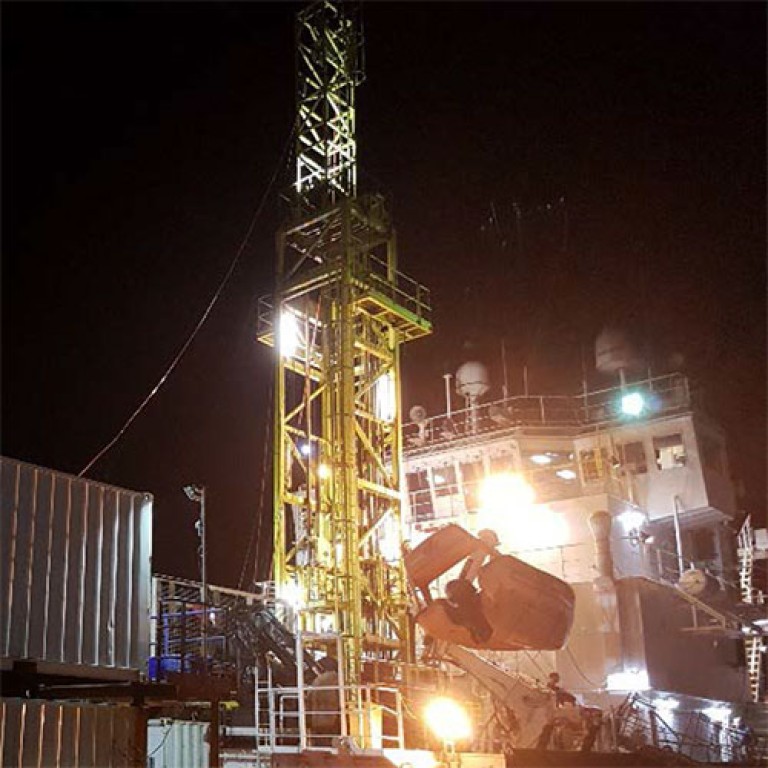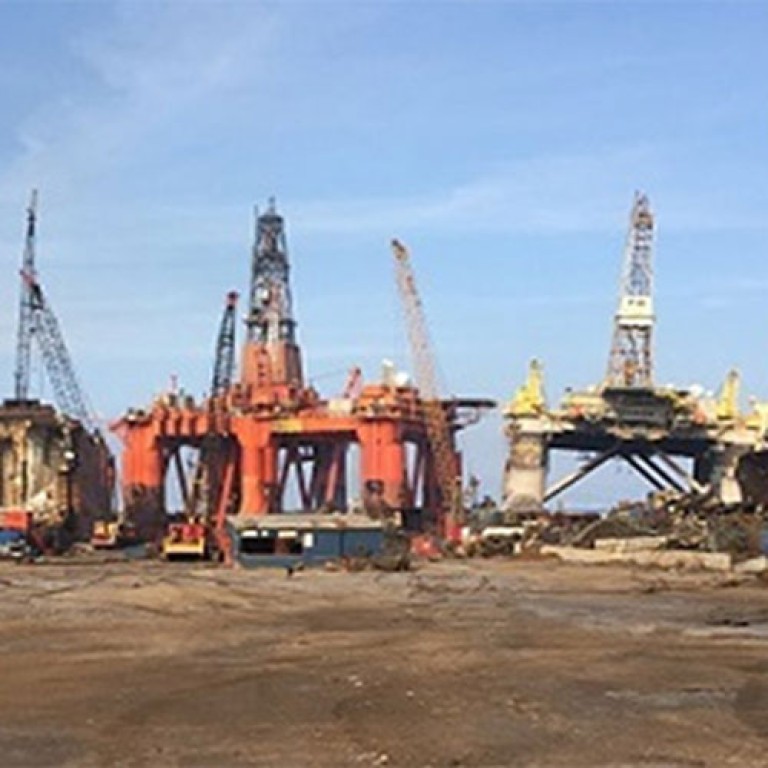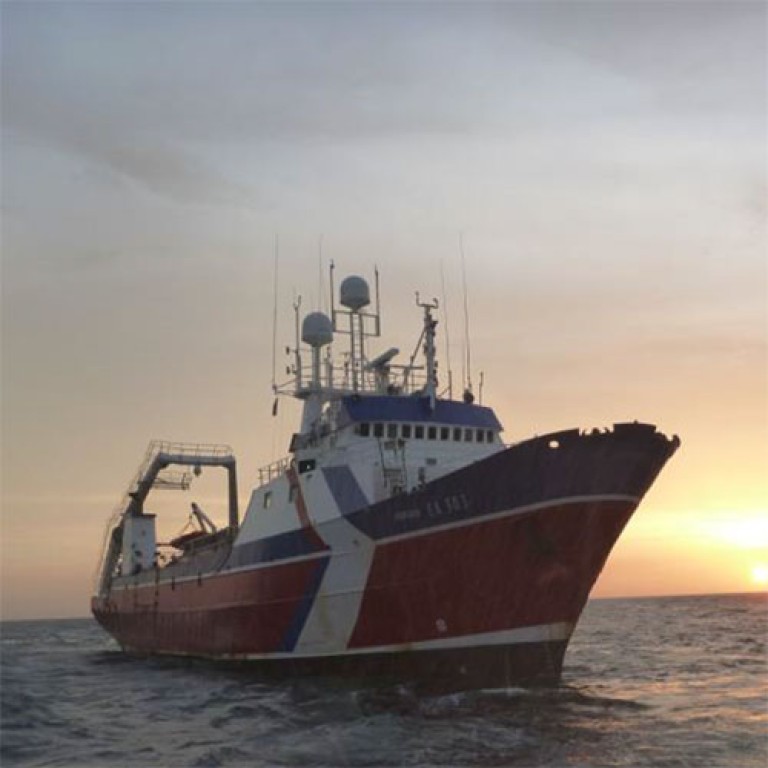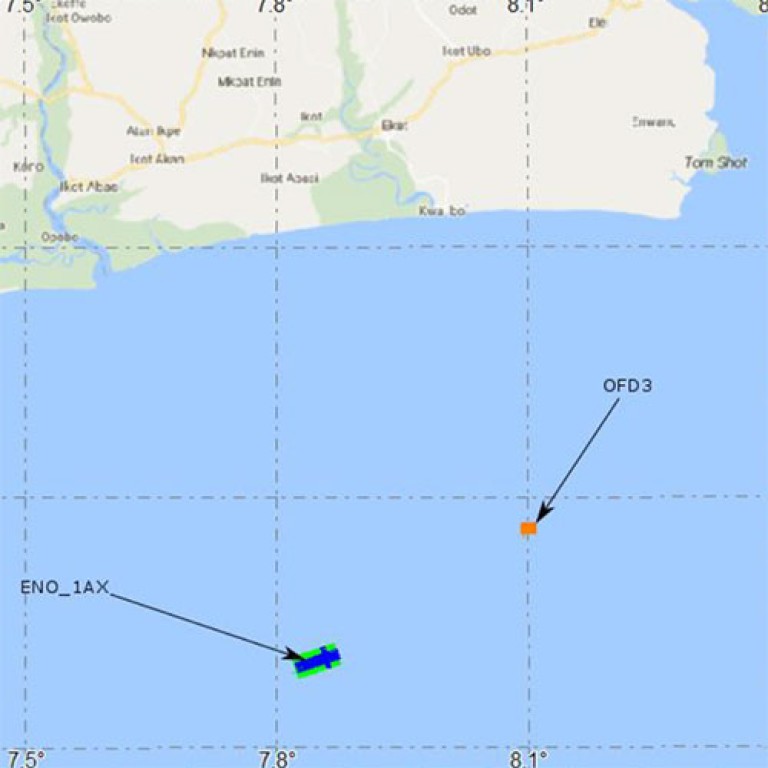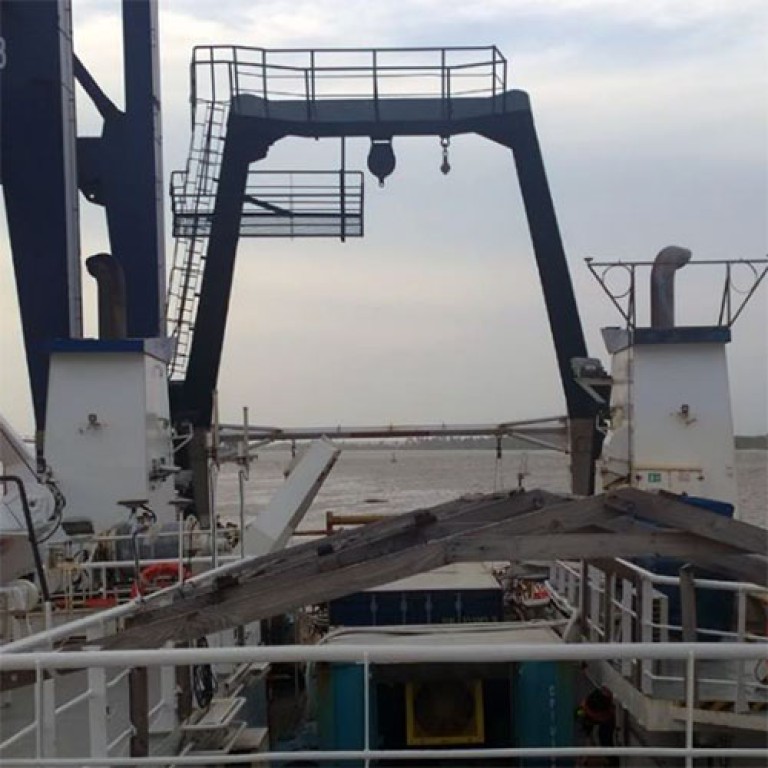Due to a personal concern with the environment and given some large-scale oil spill events around the world, a group of senior specialists and renowned academic research centres has gathered forces and knowledge in order to provide integrated solutions for those unforeseen and potentially devastating situations.
Oil spill clean-up procedures usually includes 4 steps: control, containment, cleaning and remediation. Land spills may usually be controlled and contained quite quickly, whereas marine spills are not always possible to be controlled at source, and the efforts to contain the flow may not always succeed. However, with spills on soil, while little sideways movement occurs, the spill will usually soak directly into the ground, what may contaminate the water table.
Every oil spill has its own peculiarities. First step, when possible, is stopping the source. Next, containment is carried out using booms as barriers to prevent the spill from spreading and causing further impact to the environment. Cleaning up usually uses a combination of methods depending on the kind of spill – onshore/offshore –, oil type, local environmental conditions, safety and logistical issues.
Clean-up methods includes: flushing/washing (shoreline) with floating barriers (booms), vacuuming, absorption (with hydrocarbon sorbents), manual/mechanical removal (shoreline), use of chemical/biodegradation agents and in situ burning. Remediation is often biological and help speed up hydrocarbons and other sediments natural microbial degradation processes.
In terms of Oil Spills, Enviros expertise focus on:
- Response training;
- Biotechnological remediation.
KNOW MORE ABOUT
OUR SERVICES
Successful Projects
